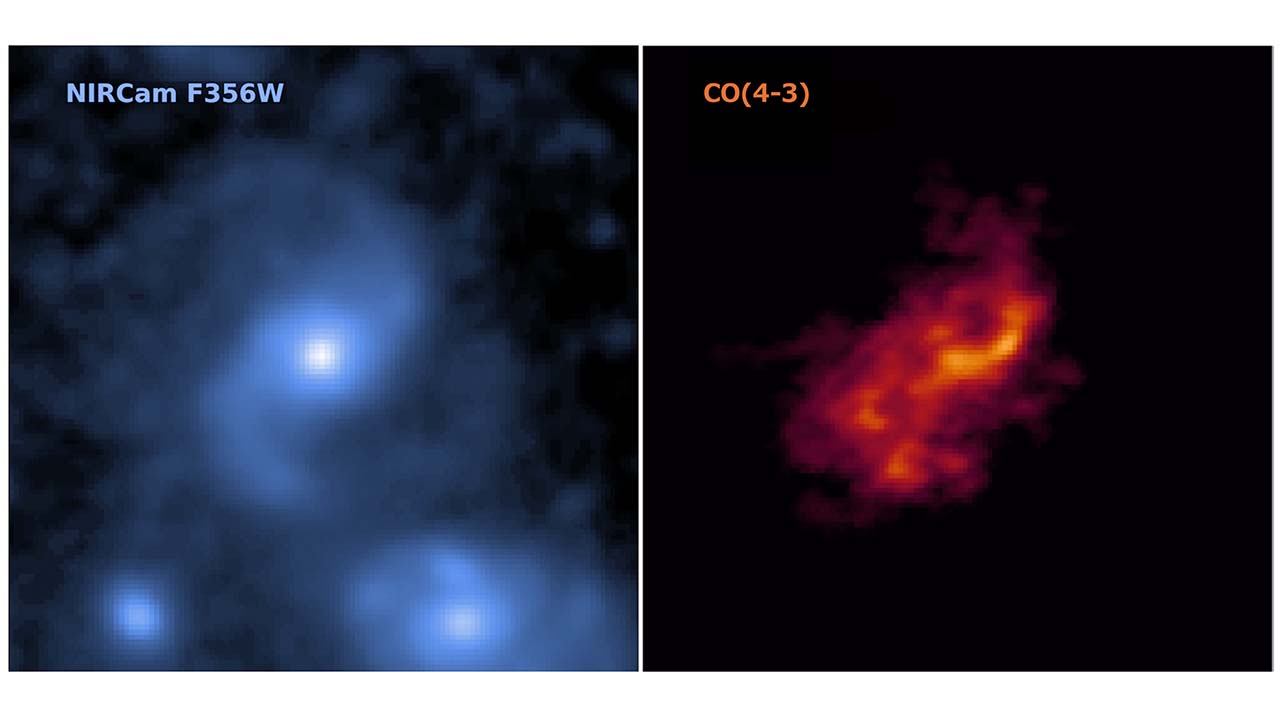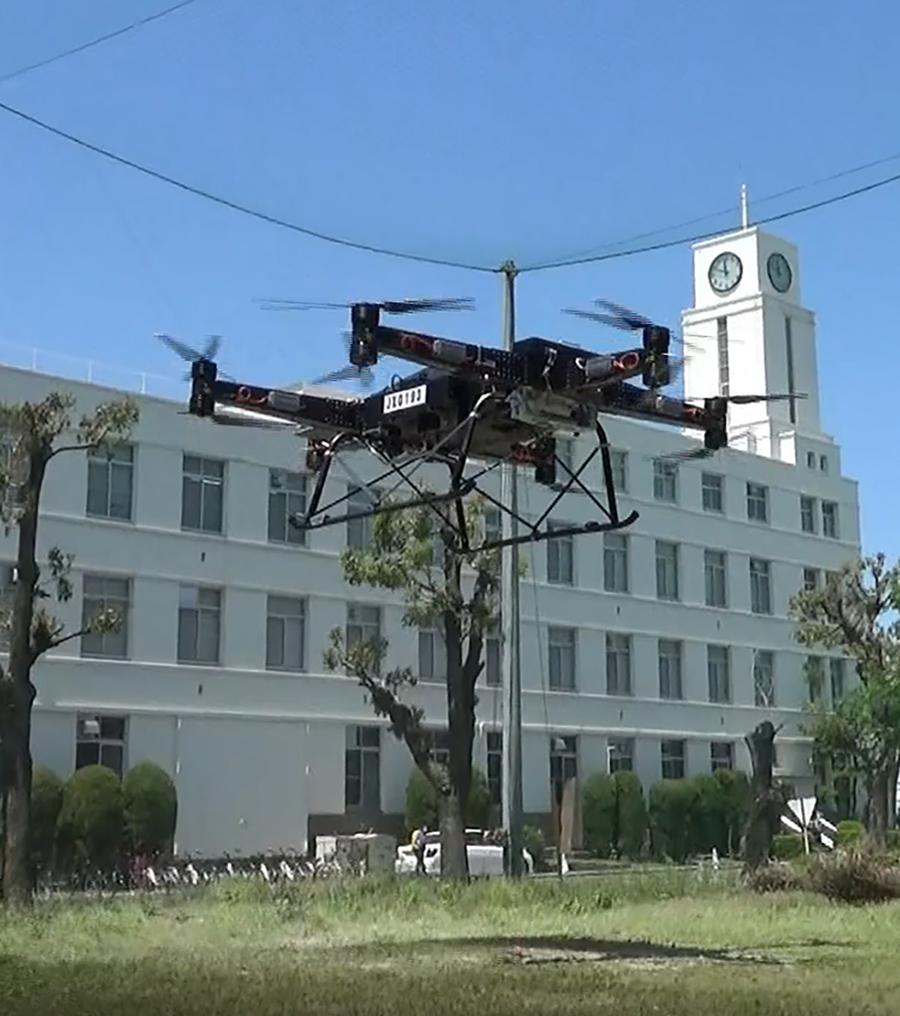2025-05-22 日本原子力研究機構

図1:金沢市のテレビジョン送信所から上昇する放射線バーストを発生させた雷放電
<関連情報>
稲妻の衝突に伴う下向きのガンマ線フラッシュ Downward terrestrial gamma-ray flash associated with collision of lightning leaders
Yuuki Wada, Takeshi Morimoto, Ting Wu, Daohong Wang, […] , and Harufumi Tsuchiya
Science Advances Published:21 May 2025
DOI:https://doi.org/10.1126/sciadv.ads6906
Abstract
Lightning discharges can produce transient gamma-ray emissions called terrestrial gamma-ray flashes (TGFs), which originates from electrons accelerated to relativistic energies in strong electric fields. However, it is not yet understood how lightning produces an enormous number of relativistic electrons in dense atmospheres. We present that, thanks to a ground-based observation with optical, radio frequency and high-energy measurements focused on television transmission towers in Kanazawa, Japan, a TGF and a cloud-to-ground discharge of −56 kA occurred when a downward negative leader was colliding with an upward positive leader from the tower. Because the cloud-to-ground current followed the TGF by 30 μs, the TGF started when two leaders approached each other. Our results indicate that an immense number of electrons were produced and accelerated to relativistic energies in a strong and compact electric-field region between the two leaders.



